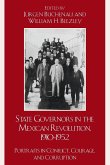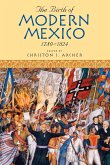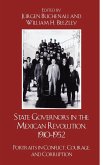This innovative history utilizes the built environment as a means of tracing the path of the consolidation of the Mexican Revolution. Patrice Elizabeth Olsen considers the physical changes in Mexico City's built environment, using them to evaluate the extent and direction of regime consolidation of successive governments during the critical period from 1920 to 1940. Architects, engineers, politicians, and entrepreneurs alike expressed visions of what modern Mexico should be and sought to improve the nation through an array of initiatives. Their successes and failures, and thus the direction of the revolution, is written in the capital city. The author's interdisciplinary approach offers an important contribution to the study of Mexican political history; and the aesthetics of modernity.








